There is so very often in my own practice what feels like a long incubation period before the bursting out into the open. It always takes longer than I expected to see the fruition. And then I hear this in my head “anything worth doing needs time and thought, planning and prep.” We all kind of get that. But here’s my problem: I’m impatient. I have ‘visions of sugar-plums’ or dreams of resolutions planted deeply. I don’t even know how they got there, but they’re there. Actually, I do know how they got there: lots of Bible reading and then lots of active prayer based on the clear promises I see. I get excited when I sense the glimpses. But then comes another corner to go around, another hindrance, and another disappointment. And these are incubators which take time and thought…I think maybe I just summarized my own internal life. You might see this in my work: for both the good and the bad of it all.
I bring this up for two reasons. The painting here happened quickly last month. It was kind of a surprise as I was working up several panels one day. I stood back and thought “hmmm, I may have just seen this pop to a finish. How did that happen?” The long incubators probably had something to do with it.

I was in Israel this month: a surprise trip, which also happened quickly. It was amazing in so many ways: friendships, learning, sensing the blooming going on there, some puzzles I’ve had suddenly clicking together… it was synergistic. I brought my watercolors, paper pads and brushes. They just took up space in my bag as I had not one minute to sit and use them. But oh my cameras were busy. I caught door frames and the wares of spice sellers. I caught the patterns on ancient marbles, and the blooms on a fig tree. My eyes reveled at the mustard yellows on the close hills and the sweet purply dimness on the far mountains –the planted rows of almond trees and date palms, and then had lunch overlooking the very hills where Abraham grazed his flocks. These things are all incubators. The fruition follows.
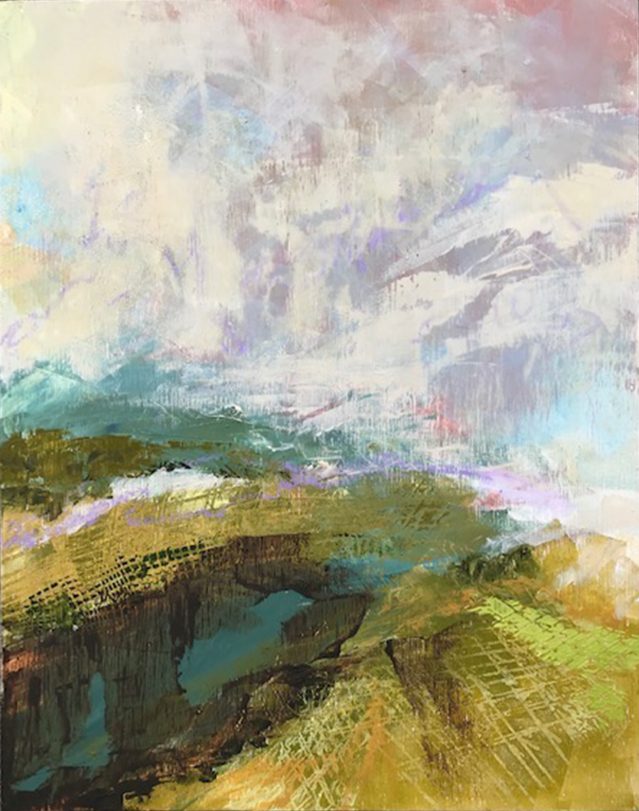
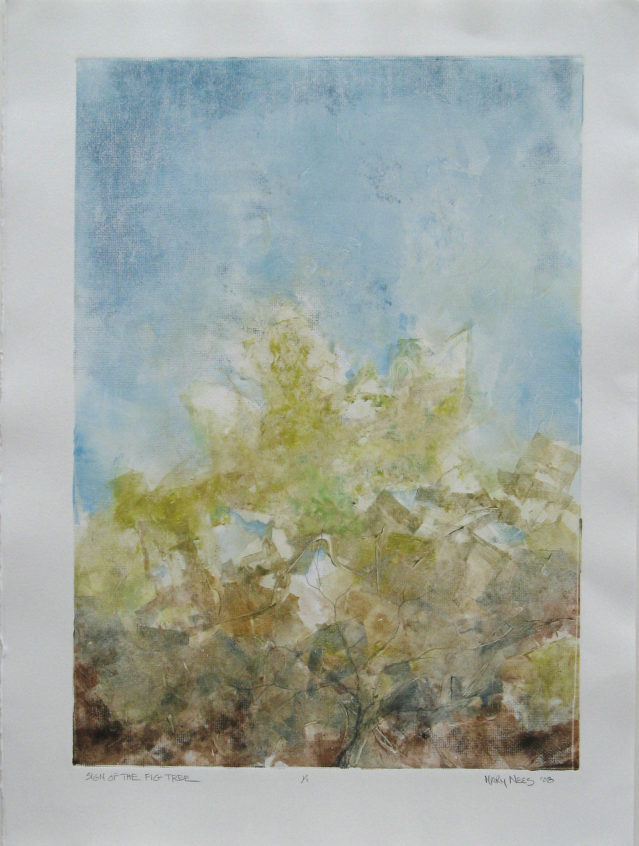

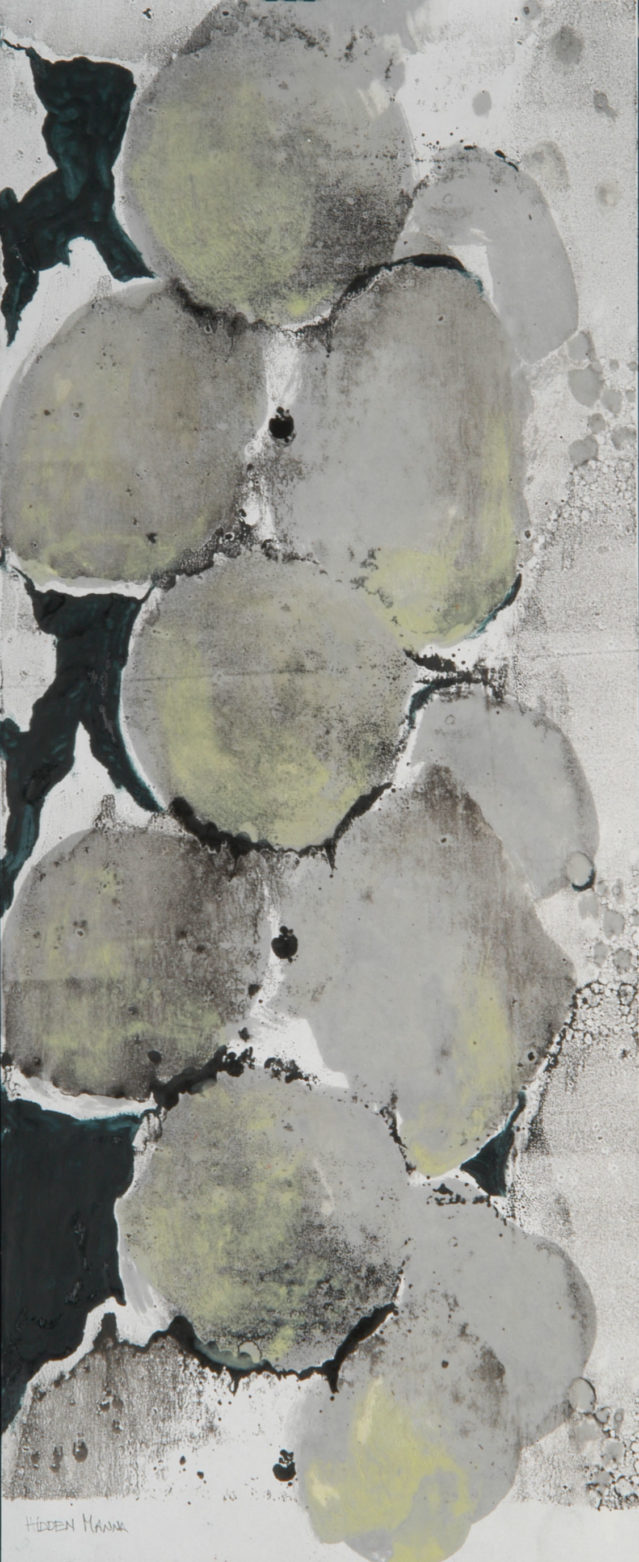

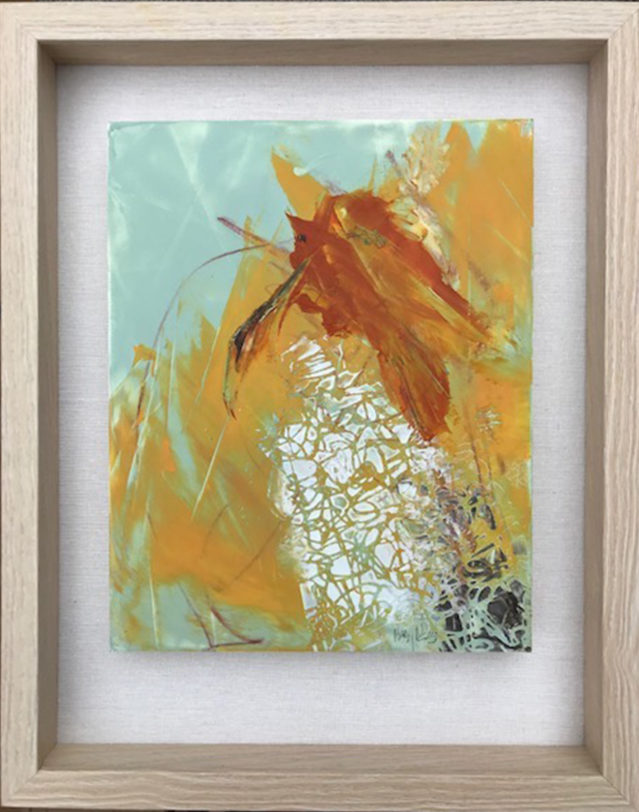
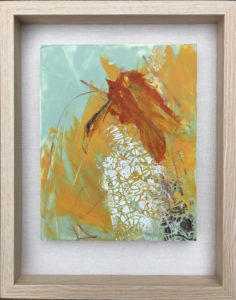 “Hope is the thing with feathers — that perches in the soul” Emily Dickinson, who penned this sweet line, knew a thing or three about meaningful hope. Hers was a buoyant expression, all the more poignant because she was equally aware of the hardness of her time/place and of her own internal struggle. Her poetry is rich for this reason: real, but outward even as she felt the confines of her tiny upper room.
“Hope is the thing with feathers — that perches in the soul” Emily Dickinson, who penned this sweet line, knew a thing or three about meaningful hope. Hers was a buoyant expression, all the more poignant because she was equally aware of the hardness of her time/place and of her own internal struggle. Her poetry is rich for this reason: real, but outward even as she felt the confines of her tiny upper room.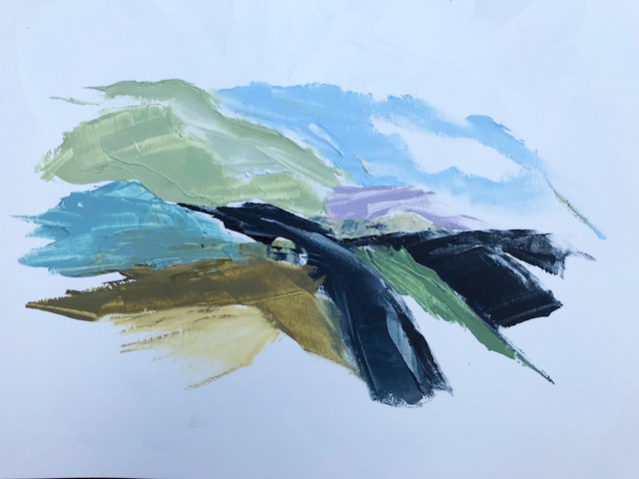
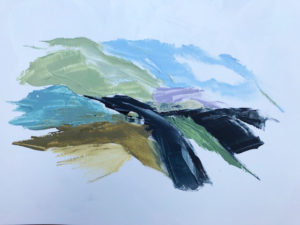 Lord, You have been our dwelling place in all generations.
Lord, You have been our dwelling place in all generations.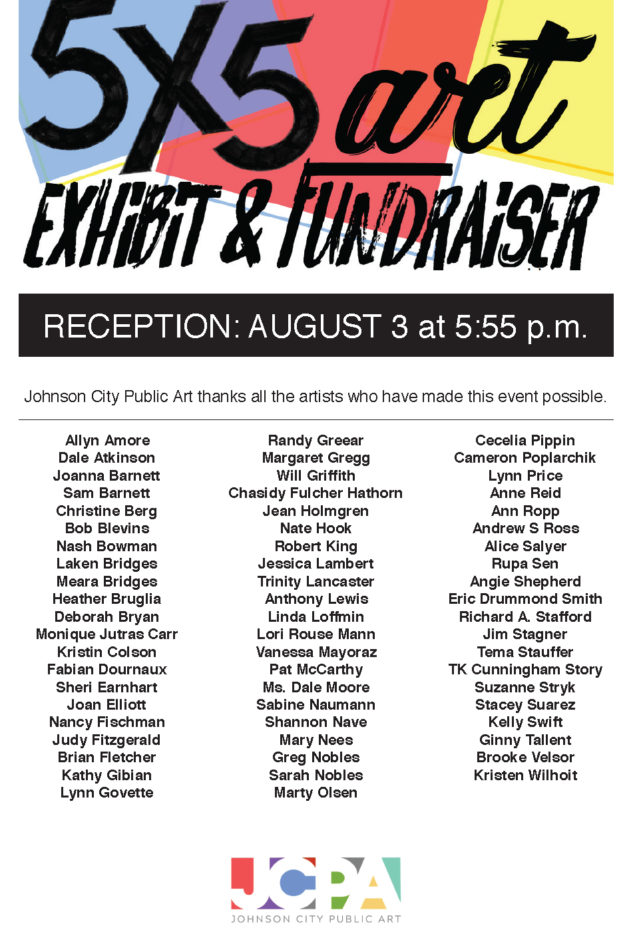
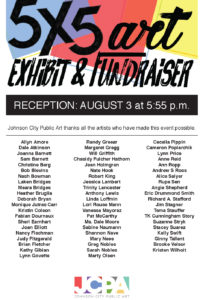 If you are local, this Friday night the Johnson City Public Art committee (JCPA) is holding a “pop up gallery” at ETSU’s Tipton Gallery space downtown on Spring Street.
If you are local, this Friday night the Johnson City Public Art committee (JCPA) is holding a “pop up gallery” at ETSU’s Tipton Gallery space downtown on Spring Street.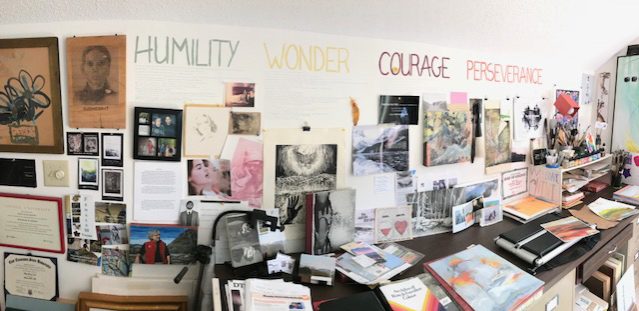
 Today is the 1st year anniversary of my
Today is the 1st year anniversary of my 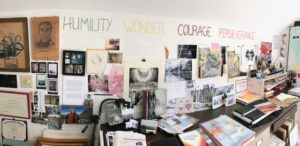 It is an earnest and deep-seated Wonder before the biggest matters that keeps me working. It is needed Humility that keeps me fit. And beyond my own natural chutzpa there is a Courage I count on and ask for from the Spirit who made the world, who made me. Perseverance is the last bit I have to own, and own again. (These 4 aspects–I gleaned out of the Creation account in Genesis–are a sort of working prescription; that’s why they are written big, with growing notes on my studio wall).
It is an earnest and deep-seated Wonder before the biggest matters that keeps me working. It is needed Humility that keeps me fit. And beyond my own natural chutzpa there is a Courage I count on and ask for from the Spirit who made the world, who made me. Perseverance is the last bit I have to own, and own again. (These 4 aspects–I gleaned out of the Creation account in Genesis–are a sort of working prescription; that’s why they are written big, with growing notes on my studio wall).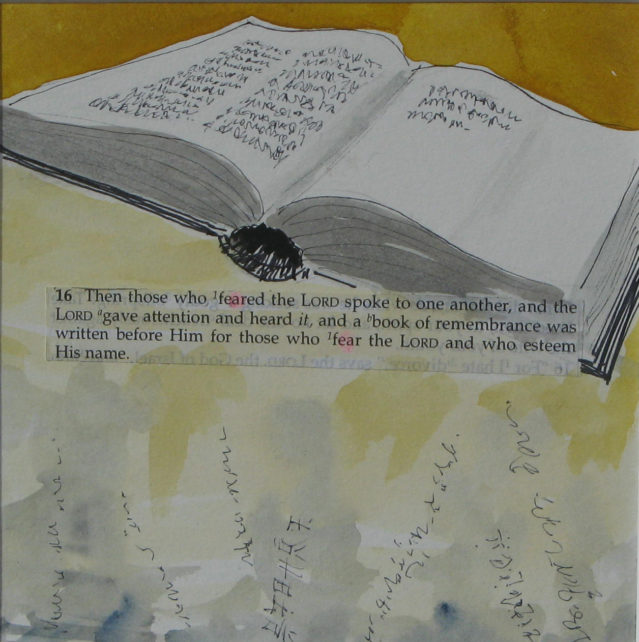
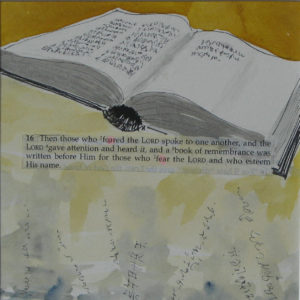 Another sketch from my
Another sketch from my 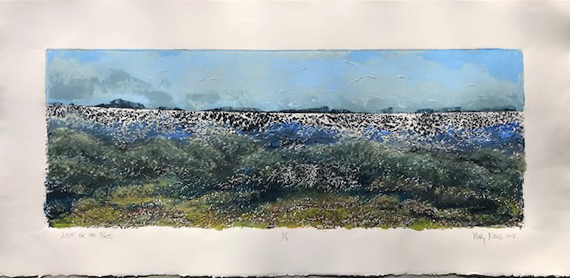
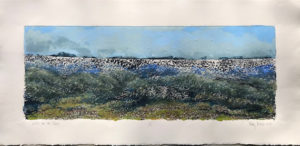 I am delighted to highlight a piece I made this winter which has been selected along with a small collection of other pieces by Dr. Noland, ETSU’s President, for brightening office spaces on campus.
I am delighted to highlight a piece I made this winter which has been selected along with a small collection of other pieces by Dr. Noland, ETSU’s President, for brightening office spaces on campus.

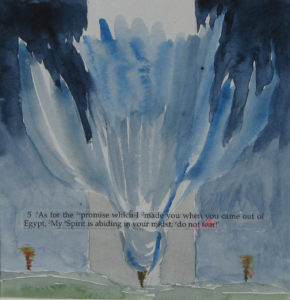
 “First I have the picture” Einstein reportedly said, “then I come up with the math”. Before any of us knew how to decode language, our little eyes trained on images. Even the cones on our retinae respond to color before form is understood. We begin from image impression, but then sometimes the more we “know” what’s in front of us, the less we can wholly grasp.
“First I have the picture” Einstein reportedly said, “then I come up with the math”. Before any of us knew how to decode language, our little eyes trained on images. Even the cones on our retinae respond to color before form is understood. We begin from image impression, but then sometimes the more we “know” what’s in front of us, the less we can wholly grasp.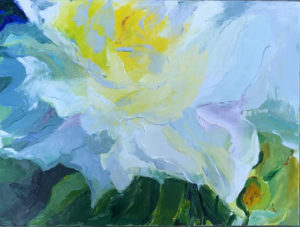 darks and lights from a photo of a magnolia blossom. What was important in translating this into paint was not “this is a magnolia’ but rather more than that, and I needed to take time to consider how. My oil color is carefully selected. But what excites me is the emergent shine, and the impasto lending toward a sense of exuberance. The cropping too was a choice, as if I am just teasing the viewer into only a glimpse. Glimpses for me are key, for if I try to tell the whole story, we’ll all get lost in words. There’s an energy in this translation into color that springs off the canvas. Usually I dive into work from an idea in my head, but to take the time to map it first, if even so simply, is important, and more than I knew. I’ve heard about the necessity of sketchbook planning, but since I’m not much of a draftsman and am also impatient, I’ve often skipped that part. “I see said the blind man”. So this mapping process was a win for me, and it’s informing further practice.
darks and lights from a photo of a magnolia blossom. What was important in translating this into paint was not “this is a magnolia’ but rather more than that, and I needed to take time to consider how. My oil color is carefully selected. But what excites me is the emergent shine, and the impasto lending toward a sense of exuberance. The cropping too was a choice, as if I am just teasing the viewer into only a glimpse. Glimpses for me are key, for if I try to tell the whole story, we’ll all get lost in words. There’s an energy in this translation into color that springs off the canvas. Usually I dive into work from an idea in my head, but to take the time to map it first, if even so simply, is important, and more than I knew. I’ve heard about the necessity of sketchbook planning, but since I’m not much of a draftsman and am also impatient, I’ve often skipped that part. “I see said the blind man”. So this mapping process was a win for me, and it’s informing further practice.